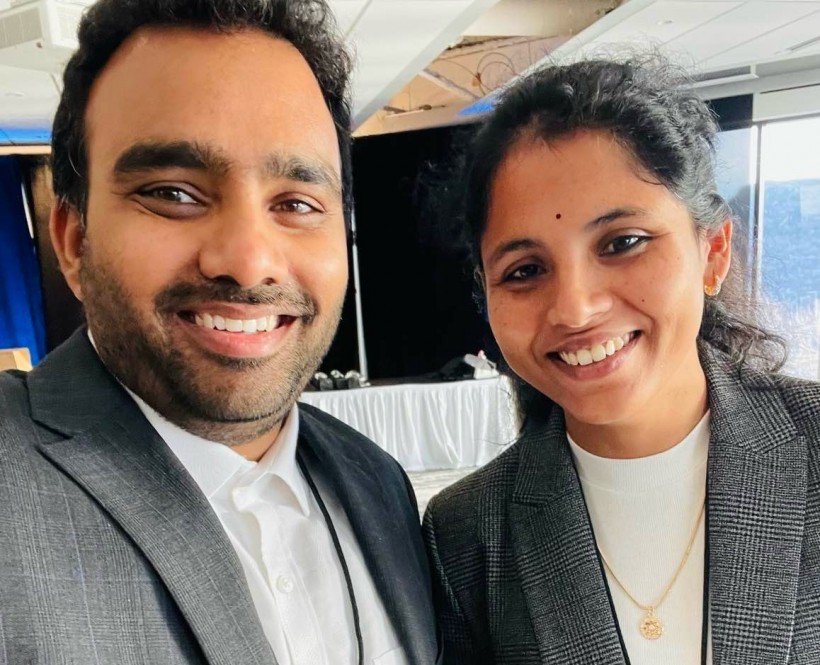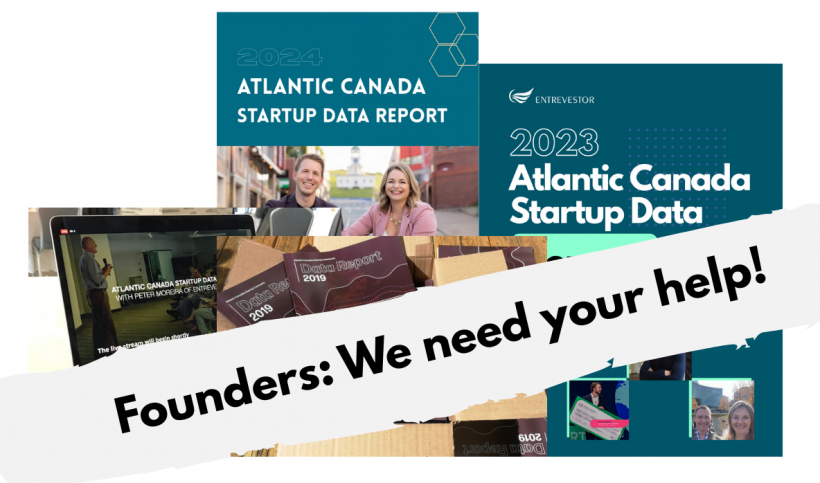A year after the legalization of cannabis in Canada, New Brunswick is making a push into developing innovation into the sector.
The province is in the midst of a two-week campaign to draw attention to the potential of the field – especially the opportunity to do more with cannabis than just growing it and selling it on the retail market. BioNB, the provincial life sciences organization, and others want to deepen the province’s involvement in research and development and find what ancillary economic benefits can be derived from the plant.
“To me, it’s fascinating that it was illegal to do any research on this plant for a very long time,” said Jennifer O’Donnell, Executive Director of BioNB, speaking in an interview with the TheFutureEconomy.ca. “That makes it different from any other biomass we currently explore in Canada.”
BioNB, the life sciences umbrella group in New Brunswick, has teamed up with The Future Economy, a national organization that promotes innovation industries, to try to raise awareness about the cannabis industry in the province.
New Brunswick has developed a strategy on cannabis that’s similar to its policy on cybersecurity. The provincial government and other stakeholders want to develop a cannabis cluster in the province that goes well beyond simple production of the plant. Certainly, it wants to grow and harvest the plant, which has huge economic potential, but it also wants to be a leader in R&D into cannabis, looking into its medical potential and other ways to extract value from cannabis production.
As part of the initiative, BioNB and other organizations recently appointed Brennan Sisk, a veteran of the bio-sciences sector in New Brunswick, as the Provincial Cannabis Coordinator.
The two-week campaign features recorded interviews on TheFutureEconomy.ca with such officials as: Stephen Lund, the CEO of Opportunities New Brunswick; David MaGee, a University of New Brunswick researcher into cannabis; Greg Engel, CEO of Moncton-based cannabis producer Organigram; and Meaghan Seagrave, CEO of 1812 Hemp.
Seagrave was previously the Executive Director of BioNB but left this year to head Fredericton-based 1812 Hemp, which grows strains of hemp high in CBD, one of the most active ingredients in cannabis. She was replaced by O’Donnell.
In her interview with The Future Economy, O’Donnell called for more research into uses for the cannabis plants, including looking into how to use the parts other than the buds that produce THC and other bioactives.
“If the purpose of the bioeconomy is to unlock the hidden value of biomass resources that would otherwise be wasted, then the cannabis plant has yet to be explored,” she said. “Already, the science community knows that the cannabis plant contains many applications that can be used to create biomaterials and bio-plastics.”
These sorts of biomass resources, she said, could be transformed into: energy, such as electricity and transportation fuels; biomaterials, which are often used for medical purposes; and biodegradable plastics and composite materials.
Most of these biomass resources are not currently used commercially, but steady improvements in technology and agricultural practices are paving the way for the bioeconomy to become an important segment of Canada’s economy, she said.
“The federal government should focus on developing a cannabis cluster of expertise, or clusters across Canada, so that we can start to create a network that has fluid communication and support, linking industry to government, government to research, and research to industry.”









